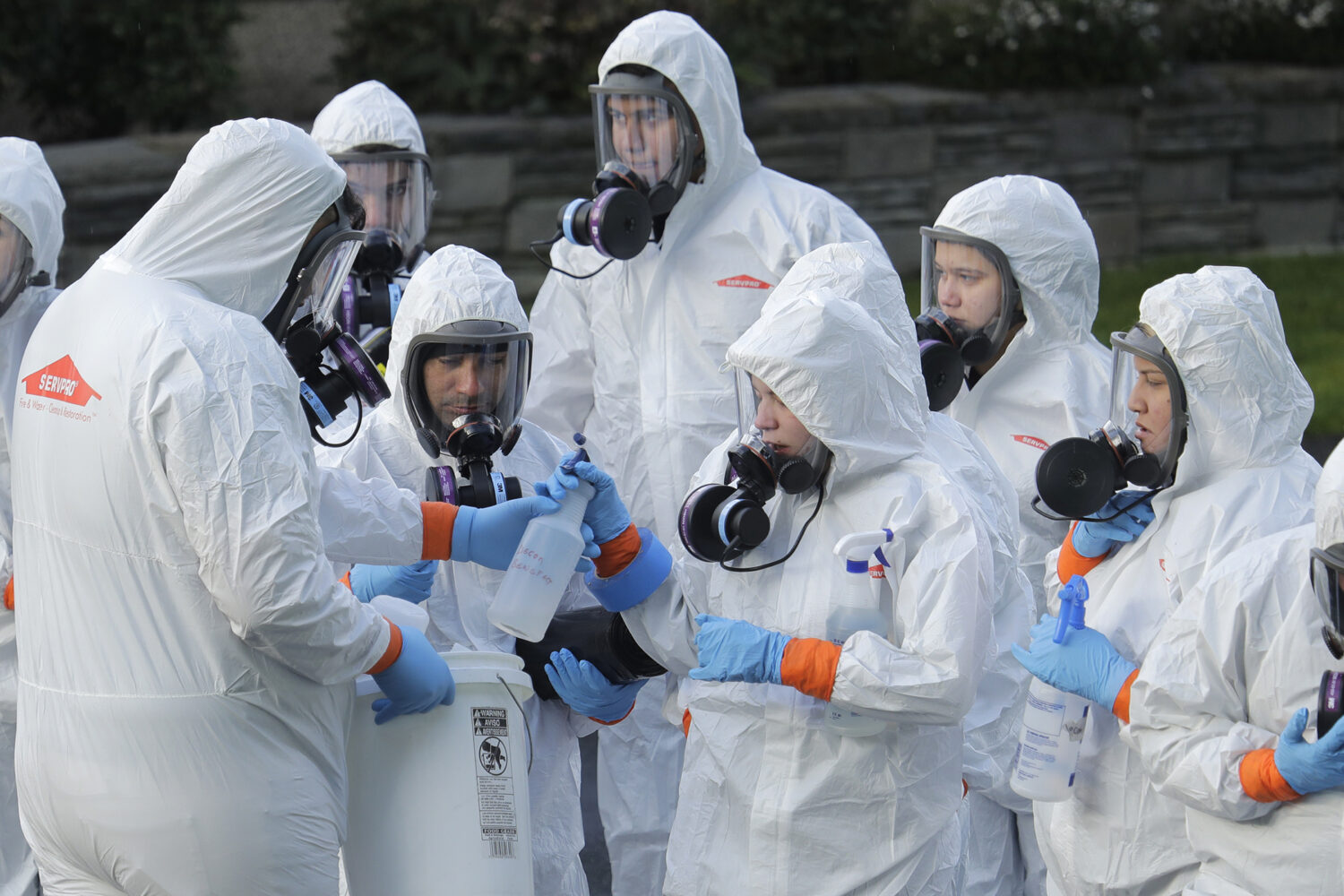China Has the New Powerful Killer COVID.
Concerned that a Chinese lab’s experiment with a very fatal strain of COVID-19 in mice revealed China’s actions during the COVID pandemic, Adm. Brett Giroir voiced his concerns.
He underlined that in order to develop vaccines and countermeasures, China must promptly supply the virus sequence.
Giroir remarked, “It seems to me that this study is a nightmare scenario, and that it’s kind of like the ‘If I Did It’ book for what China did during COVID.”
From a pangolin, they extracted viruses. They extracted it from a bat for COVID. Instead of examining the virus, however, the researchers in this study just put it in test tubes and let it continue to mutate. After testing the viruses, they discovered that the pangolin virus had no negative effects on humans or humanized mice. However, their altered virus now killed 100% of victims and spread to the brain. And that’s only the beginning,” he went on.
They are taking pride in this. Do you know from where this originated? It originated in the medical center of the People’s Liberation Army. Now, isn’t the fact that it originated there a coincidence? The last thing that really worries me is that they tell us—and this is shoving it in our faces—that they know why it’s deadly because there are two modifications in the spike protein, two changes in amino acids, but they won’t say what those changes are,” Giroir added.
They are blatantly concealing such information, which prevents us from comprehending the virus and developing vaccinations or defenses against it. Furthermore, neither of the universities that released this paper has a BSL-4 facility. Thus, they are carrying it out in hazardous laboratory settings. .. In addition, he stated that President Biden must insist on President Xi providing the virus’s sequencing tomorrow.
“Our researchers must receive it in order to ensure that we have enough vaccines and preventative measures, as this could be a terrifying situation,” Giroir stated.
Giroir called attention to the lab’s use of modified viruses in experiments and the secrecy surrounding the virus’s deadly properties. In order to be ready for any contingencies, he encouraged President Biden to demand the virus sequence from China.
The severe acute respiratory syndrome coronavirus 2 (SARS-CoV-2) is the source of the extremely contagious respiratory disease known as COVID-19, or Coronavirus Disease 2019. In December 2019, Wuhan, in the Chinese province of Hubei, reported the first signs of an outbreak of this new coronavirus. Since then, it has developed into a pandemic that is affecting millions of people globally and posing serious problems in the areas of social issues, the economy, and health.
The coronavirus family, which contains viruses that can cause illnesses ranging from the common cold to more serious respiratory infections, includes the SARS-CoV-2 virus. When an infected individual coughs, sneezes, or speaks, respiratory droplets are the main way that COVID-19 spreads. Additionally, it can spread by coming into contact with infected surfaces and then contacting the face—especially the mouth, nose, or eyes.
The time interval between exposure and the start of symptoms, or incubation period, for COVID-19 usually lasts between two and fourteen days. There is a wide range of symptoms; some people may not have any symptoms at all, while others may have mild to severe respiratory problems. Frequent signs and symptoms include fever, sore throat, coughing, shortness of breath, exhaustion, body aches, and loss of taste or smell. Acute respiratory distress syndrome (ARDS), organ failure, pneumonia, and even death are possible outcomes of severe instances.
Globally, governments and health institutions have taken a number of actions to stop the virus’s spread. These include mask wearing, hand hygiene, social separation, lockdowns, and mass testing. Another important factor in the global attempt to contain the epidemic has been the development and application of vaccinations.
The scientific community has been studying the virus intensively in an effort to learn more about its properties, dynamics of transmission, and possible therapeutic approaches. The genesis and evolution of SARS-CoV-2 have been elucidated by genomic investigations; it is thought that the virus first infected humans in a Wuhan seafood market after spreading from animals.
History of COVID
On January 30, 2020, the World Health Organization (WHO) designated COVID-19 as a Public Health Emergency of International Concern. On March 11, 2020, the WHO upgraded the designation to pandemic. Many industries, including trade, travel, education, and healthcare have all seen major disruptions as a result of the epidemic. The pandemic has revealed inequalities in healthcare systems, and many nations have struggled to manage their healthcare resources.
There have been significant negative effects on the economy, including widespread job losses, company closures, and financial burden on both individuals and governments. To lessen the pandemic’s negative economic effects, governments throughout the world have enacted stimulus plans and other efforts to alleviate the economy.
International collaboration has been a feature of the pandemic response, with efforts focused on developing vaccines, developing treatment regimens, and exchanging data and resources. Governments, academic organizations, and pharmaceutical corporations have collaborated to hasten the creation and dissemination of COVID-19 vaccinations.
Global vaccination initiatives have been implemented to lessen the severity of the disease and acquire widespread immunity. Nonetheless, obstacles to attaining broad immunity still exist, including vaccination reluctance, vaccine delivery, and the introduction of novel viral types.
The pandemic has also brought attention to the necessity of strong public health infrastructure and worldwide readiness for infectious illnesses. The COVID-19 response has taught us important lessons that will probably influence how similar health crises are managed and avoided in the future.
Conclusively, COVID-19 has shown to be an intricate and diverse worldwide predicament with extensive ramifications. It has had an unparalleled effect on daily lives, economy, and public health. Even while public health initiatives and vaccination campaigns have helped to curb the virus’s transmission, continued attention to detail and international collaboration are still essential to overcome COVID-19’s obstacles and becoming ready for pandemics in the future.

